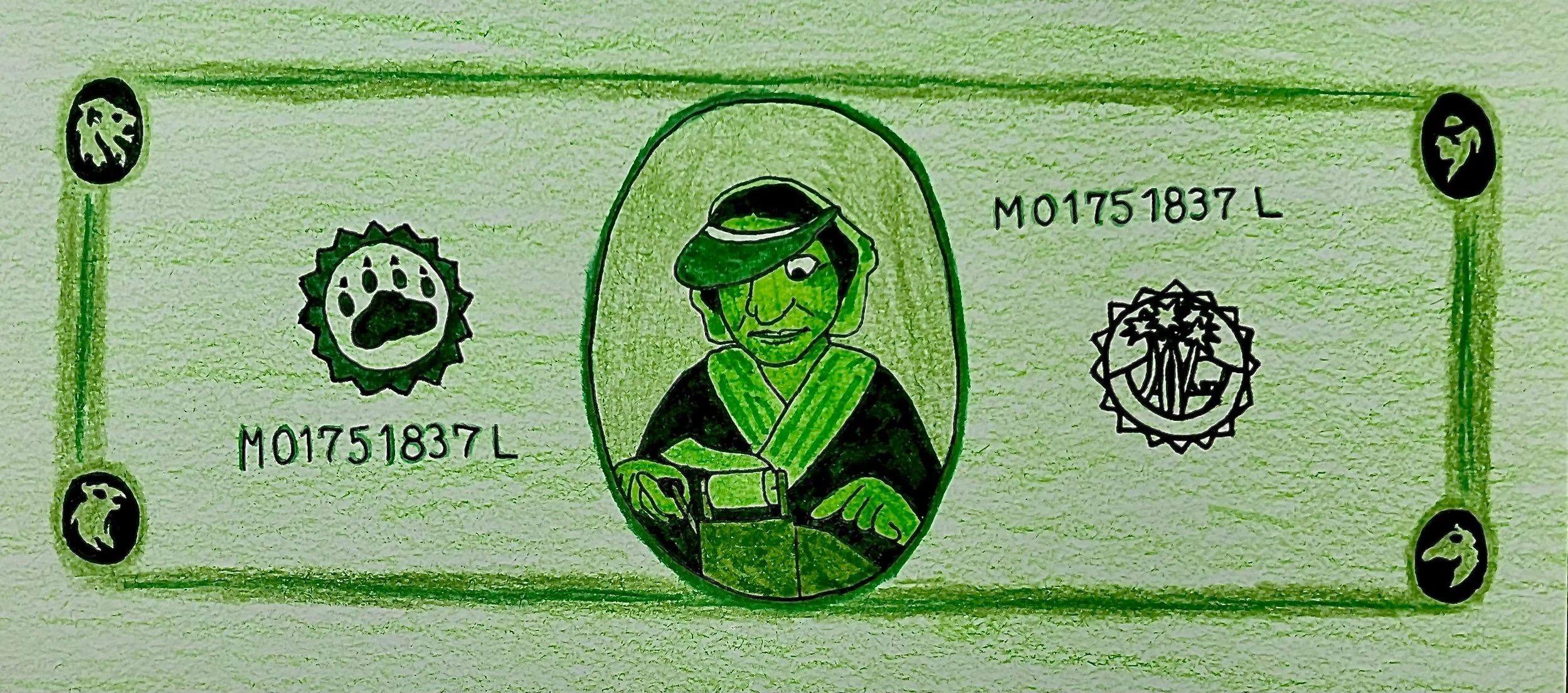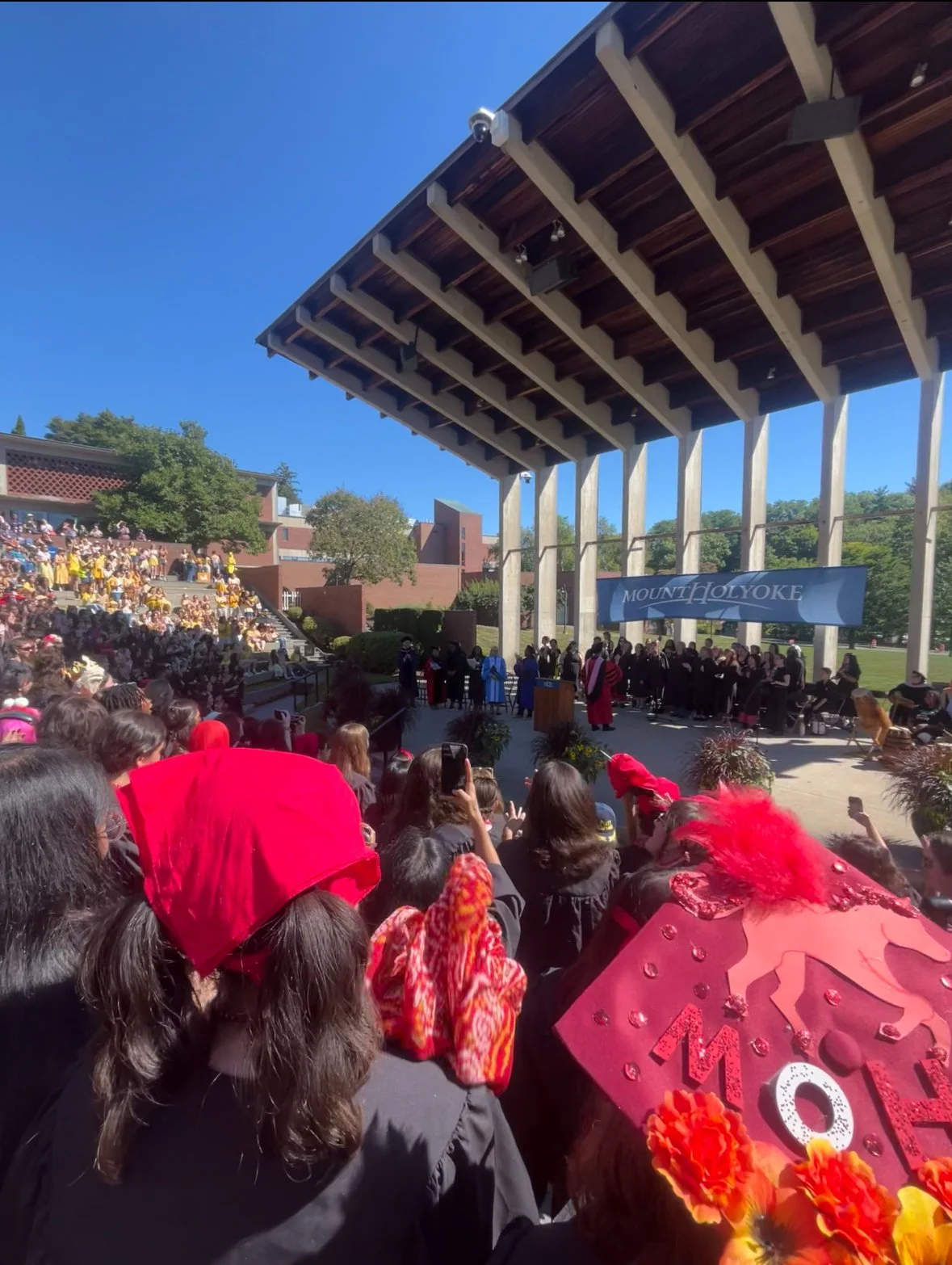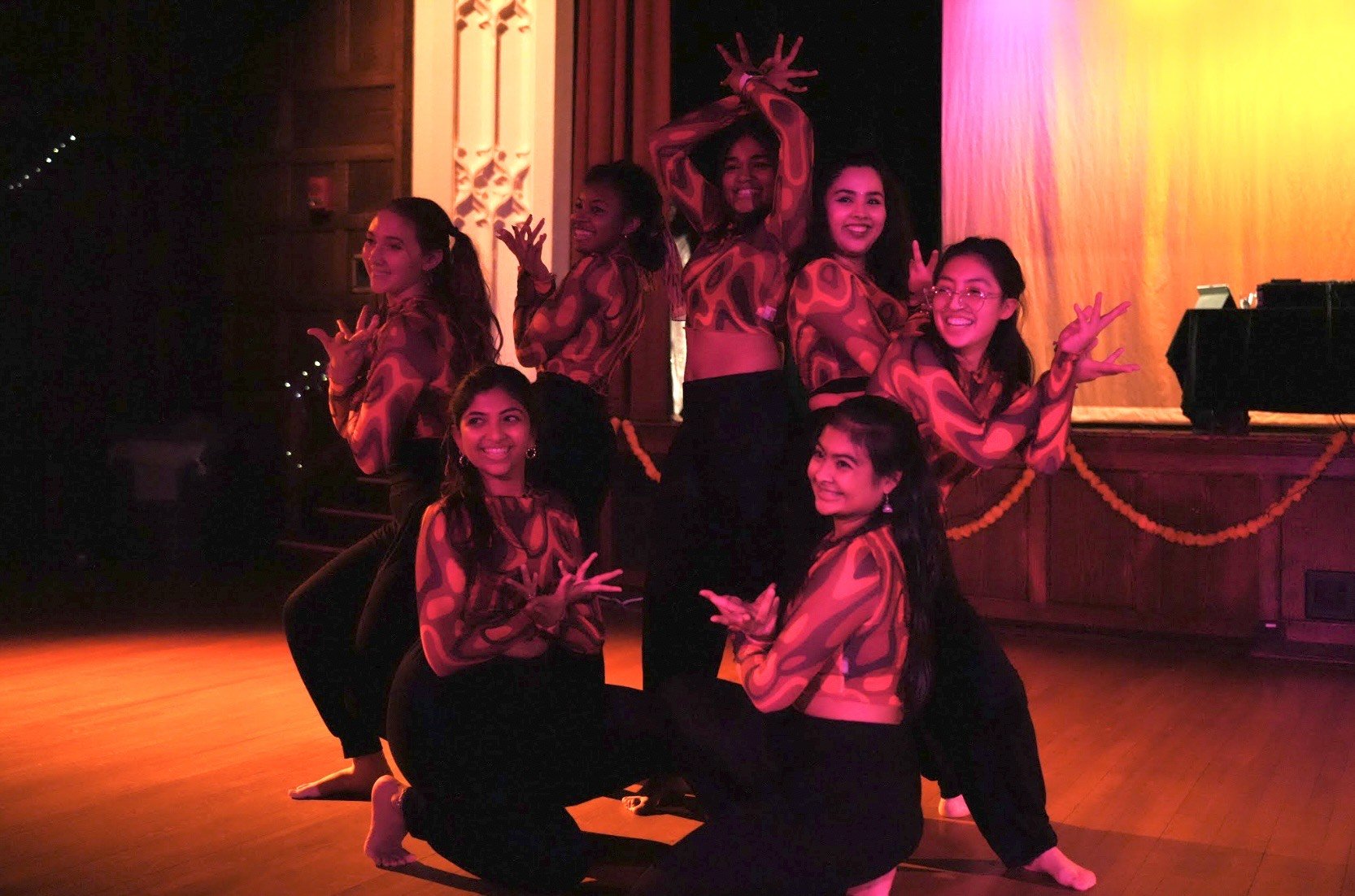By Liliana Stinson ’27
Staff Writer
Since the start of the second term of President Donald Trump’s administration, the Supreme Court of the United States — commonly abbreviated as SCOTUS — has become increasingly political in its decisions. The current fall term looks to be no exception. The Court will hear cases on LGBTQ+ rights, free speech, racial gerrymandering, campaign finance regulation and presidential power, all of which have the potential to be extremely consequential.
To help students understand this upcoming term, legal scholar and Mount Holyoke College President Danielle Holley offered her analysis to Mount Holyoke News in an interview.
Before surveying the cases ahead, it is crucial to note the Court’s actions this past summer to provide context for the justices' rulings and the role of the Supreme Court amid a so-called constitutional crisis.
While the Court typically goes on break between July and October, the justices have stayed busy this summer, issuing a large number of pro-Trump rulings through the so-called shadow docket, sometimes also called the “emergency docket”. This includes “anything the Supreme Court does that's not in the regular docket [of appellate cases],” Holley explained.
Shadow docket decisions generally lack written opinions or legal explanation and are often unsigned. Most shadow docket cases are primarily procedural, diminishing the need for extensive explanation. However, this summer, the Court used its shadow docket in an unprecedented manner, subverting precedent to rule in favor of the president.
As Holley noted, “The shadow docket has become another way for the 6-3 majority to really empower Trump.”
There is no indication that the Court will change course this fall. On Oct. 7, SCOTUS began its term by hearing oral arguments for the case Chiles v. Salazar, which asks whether conversion therapy bans infringe on the First Amendment rights of therapists; specifically Christian therapists, who seek the ability to interact with their clients how they see fit.
The Colorado law in question already contains exemptions on religious grounds and for non-licensed counselors. Additionally, Colorado has never enforced this law, which, as Associate Justice Sotomayor noted in oral arguments, puts the legal standing — the right to bring a suit in court, which typically requires demonstrated harm or capacity of harm — of the therapist into question.
Yet, the Court seems inclined to rule in favor of the therapist challenging the law. There is precedent for this. “What’s interesting about this case is that it has a real comparison to Masterpiece [Cake]shop and a case called 330 Collective,” Holley pointed out, citing two cases in which Christian plaintiffs argued that being required to serve LGBTQ+ couples would infringe upon their First Amendment rights. In both of these cases, the Supreme Court decided in favor of the Christian plaintiffs.
Through all three cases, “The Supreme Court is establishing a theology of the First Amendment, where the First Amendment acts completely differently for people who are expressing Christian ideology,” Holley argued. “It is really insidious, what they're doing with the First Amendment.”
The Supreme Court is hearing two other cases involving the LGBTQ+ community this term: West Virginia v. B.P.J. and Little v. Hecox. Both of these cases argue that laws banning trans women and girls from playing women's sports violate Title IX and the Equal Protections Clause in the 14th Amendment.
Lindsey Hecox, one plaintiff in Little v. Hecox, has asked the Supreme Court to dismiss her case. Hecox is worried that if the case continues further, she will be subject to harassment that will harm her mental health and ability to graduate college. It is unknown whether the Court will in fact drop Little v. Hecox from their docket, but, regardless, they will hear West Virginia v. B.P.J.
The Court’s decision is predicted to be disastrous. “I think we all know where this is going, based on Skrmetti,” Holley stated, referring to the Court’s previous decision that allowed laws banning gender affirming care for minors to stand across the country.
“Unfortunately, these cases are based in both Title IX and in the 14th Amendment, and so it allows the Supreme Court to make a devastating Plessy v. Ferguson type decision, in which they say that Title IX and the 14th Amendment do not recognize gender identity, they only recognize biological sex.”
“There is nothing outside of bigotry that would allow for this law to stand,” Holley said. “This is about the Supreme Court creating a legal construct that will support the marginalization of communities for another 100 years. They are trying to set back the rights of women, of Black people, of Latine people, of trans people, of the LGBTQ+ community. This is their agenda.”
Indeed, the Court’s anti-rights agenda blazes forward this term with the case Louisiana v. Callais. Callais is first and foremost an attempt to dismantle Section 2 of the Voting Rights Act, its only remaining active provision. Section 2 primarily serves to prohibit racial gerrymandering. The litigants — the state of Louisiana and non-Black residents — are arguing that the court-mandated creation of a majority-minority district violates the 14th and 15th Amendments.
There is little doubt that the Court will rule in favor of Louisiana. For over a decade now, the Court — and Chief Justice John Roberts in particular — has worked to strike down the entirety of the Voting Rights Act by invalidating many of its key provisions. This record includes Shelby County v. Holder, which eliminated the VRA’s ability to require states with a history of racial discrimination to pre-clear any changes to voting laws or district maps with the Department of Justice.
Shelby County v. Holder was an extremely consequential case, explained Holley, “that essentially gutted the effectiveness [of the VRA], because people could do things like racially gerrymander and never get it pre-cleared. Now you can only challenge [racial gerrymandering] in the aftermath.”
Holley anticipates Callais will not be an exception to the Court’s anti-VRA quest. “[The Court] will strike the death knell [of the Voting Rights Act] in this case, and find essentially the same thing they found in Shelby. Racism is over, or it never existed, and so therefore there is no continuing justification for the Voting Rights Act.”
If the Court does in fact strike down Section 2, there will be immense consequences. “To have racial gerrymandering approved in our law again is going to take us back to the 19th century, back to Jim Crow,” Holley said.
However, she explained regressive and oppressive decisions are a feature — not a bug — of the United States’ highest judicial body: “Some people would argue [there are] less than 10 major cases in the entire history of the Supreme Court that define them as anything other than an oppressive institution that works to undermine democracy for anyone who does not traditionally have power.”
The Court has yet another opportunity to undermine elections and democracy this term, in National Republican Senatorial Committee v. Federal Election Commission. This case primarily concerns coordinated party expenditure limits, which restrict the amount that political parties can spend on their candidates’ advertisements. The National Republican Senatorial Committee argues that these limits on coordinated spending violate the First Amendment rights of political parties.
Coordinated funds have long been regulated — including by the Supreme Court itself — as they are seen as just as corrupting as cash contributions. As explained by the Campaign Legal Center, large donors can donate over 10 times more to political parties than specific candidates. This means that if parties were allowed to coordinate with their candidates, candidates could effectively circumvent individual contribution limits.
Under Chief Justice John Roberts, the Supreme Court has greatly limited the ability to regulate campaign contributions, especially from corporations and PACs. The most significant of these rulings is Citizens United v. FEC, in which the Court decided that “Political spending is a form of protected speech under the First Amendment, and the government may not keep corporations or unions from spending money to support or denounce individual candidates in elections,” per SCOTUSblog.
The precedent of Citizens United makes it extremely likely that the Court will rule in favor of the National Republican Senatorial Committee. This could deal a massive blow to our remaining democracy, argues Holley.
“This is essentially Citizens United two. This is another complete degradation of any idea that we, as the public, would have an equal voice in terms of elections. Instead, they have handed over our elections to the corporations and to the billionaires.”
“There's no other way to say it: We're essentially in the midst of a major constitutional crisis,” Holley summed up.
Alayna Khan ’27 contributed fact-checking.




















